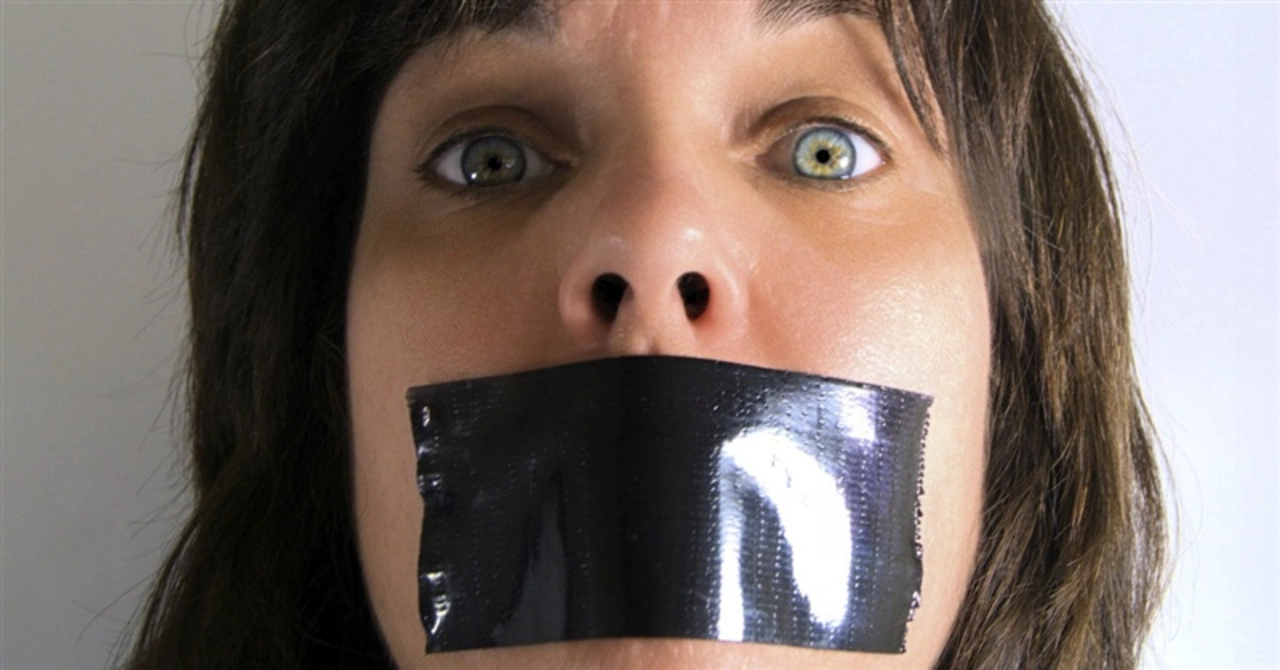Introduction: The Importance of Soccer Cleats
As a soccer player and enthusiast, I understand how important it is to have the right soccer cleats. They not only provide the necessary traction and grip on the field, but also give us the confidence to perform our best. But what happens when our soccer cleats get damaged or need a temporary fix? One common solution that comes to mind is duct tape. But will duct tape damage soccer cleats? In this article, we will explore the effects of using duct tape on soccer cleats and discuss alternative solutions if needed.
How Duct Tape Might Affect Your Cleats
Duct tape is a strong, versatile adhesive tape that can be used for various purposes. It's no wonder that it has become a popular choice for quick fixes on soccer cleats. However, there are some concerns about whether or not duct tape can cause damage to the cleats. For example, the adhesive on the tape may leave a sticky residue on the surface of the shoe, which can attract dirt and debris. This could lead to reduced traction and grip, negatively impacting your performance on the field.
Additionally, the weight of the tape may also affect the overall balance and feel of the shoe. Soccer cleats are designed to be lightweight and provide precise control, so even a small amount of additional weight from the tape can disrupt this delicate balance. Furthermore, if the tape is applied incorrectly or unevenly, it may cause discomfort or pressure points on your feet, leading to potential injuries.
Short-term vs. Long-term Effects of Duct Tape on Soccer Cleats
While using duct tape as a temporary fix on your soccer cleats might seem harmless, it's essential to consider the potential long-term effects. In the short-term, duct tape can provide a quick and easy solution to minor issues like a small tear or a loose sole. However, repeatedly using duct tape on your cleats may cause more harm than good in the long run.
As mentioned earlier, the adhesive residue left behind by the tape can attract dirt and debris, leading to reduced traction and grip over time. Moreover, the constant application and removal of the tape may weaken the shoe's materials, causing them to deteriorate faster. This can result in a shorter lifespan for your soccer cleats, which can be quite expensive to replace.
Alternatives to Duct Tape for Soccer Cleat Repairs
Considering the potential damage that duct tape can cause to soccer cleats, it's essential to explore alternative solutions for repairs. One option is to use a specialized shoe glue or adhesive designed specifically for athletic footwear. These adhesives are typically more flexible and less likely to leave a residue compared to duct tape, making them a better choice for soccer cleat repairs.
Another option is to invest in a shoe repair kit, which usually includes various tools and materials needed to fix minor issues with your cleats. This can be a cost-effective solution, as it allows you to address multiple problems without the need for professional assistance. Lastly, if the damage to your soccer cleats is severe or beyond repair, it may be time to invest in a new pair. While this may be more expensive upfront, it can ultimately save you money in the long run by preventing further damage to your cleats and potential injuries.
Conclusion: When to Use Duct Tape and When to Seek Professional Help
So, will duct tape damage soccer cleats? The answer is that it depends on how it is used and for how long. While duct tape can provide a quick and easy temporary fix for minor issues, it's essential to be aware of the potential long-term effects on your soccer cleats. If you find yourself continuously relying on duct tape for repairs, it may be time to consider alternative solutions or seek professional help.
Remember, your soccer cleats are an essential part of your performance on the field. Taking the time to properly care for and maintain them will not only prolong their lifespan but also ensure that you're playing at your best. So, next time you reach for the duct tape, consider whether it's the best solution or if there's a better way to address the issue at hand.
